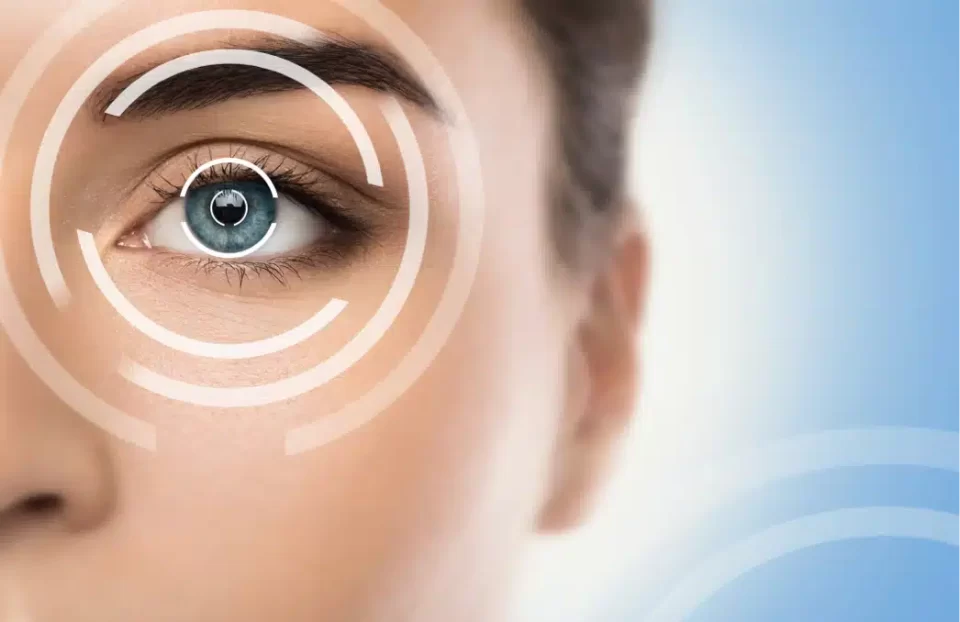SMILE (Small Incision Lenticule Extraction) vision correction represents a significant advancement in the field of refractive surgery, providing a less invasive alternative to traditional LASIK procedures. This article delves into the Discover Vision Centers‘ approach to SMILE vision correction, highlighting its benefits and how it compares to other methods like PRK (Photorefractive Keratectomy) and ICL (Implantable Collamer Lens).
The SMILE Procedure: An Overview
SMILE vision correction is a minimally invasive procedure that involves the use of a femtosecond laser to create a small, lens-shaped piece of tissue (lenticule) within the cornea. This lenticule is then removed through a small incision, reshaping the cornea and correcting refractive errors such as myopia (nearsightedness) and astigmatism.
- Minimally Invasive: Unlike LASIK, SMILE requires only a small incision, reducing the risk of complications and speeding up recovery time.
- Less Discomfort: Patients often report less discomfort during and after the SMILE procedure compared to traditional LASIK.
- Preservation of Corneal Strength: SMILE maintains more of the cornea’s structural integrity, which is particularly beneficial for individuals with thinner corneas.
Comparing SMILE to Other Vision Correction Methods
Understanding the differences between various vision correction options is crucial for individuals considering refractive surgery. The PRK vs. ICL comparison sheds light on how these procedures differ from SMILE and from each other.
PRK (Photorefractive Keratectomy)
- Surface Treatment: PRK corrects vision by reshaping the cornea’s surface, removing a thin layer of tissue without creating a flap, unlike LASIK or SMILE.
- Longer Recovery: While highly effective, PRK typically involves a longer recovery period and more post-operative discomfort than SMILE.
- Suitability: PRK is often recommended for patients with thinner corneas or those engaged in contact sports.
ICL (Implantable Collamer Lens)
- Intraocular Lens: Unlike SMILE and PRK, which modify the cornea, ICL involves the implantation of a biocompatible lens between the iris and the natural lens to correct vision.
- Reversibility: ICL is reversible and is an option for those with high degrees of myopia or those who are not candidates for corneal-based refractive surgery.
- Quick Visual Recovery: ICL offers rapid improvement in vision quality and is known for its predictability and reversibility.
Making an Informed Decision
Choosing the right vision correction procedure involves considering various factors, including the individual’s specific vision problems, corneal thickness, lifestyle, and the potential risks and benefits of each method. Consulting with experienced professionals like those at Discover Vision Centers can provide valuable guidance in making an informed decision.
In conclusion, SMILE vision correction offers a modern, less invasive alternative to traditional laser eye surgeries, with distinct advantages in terms of recovery and corneal preservation. However, when deciding between SMILE, PRK, and ICL, it is essential to consider the unique aspects and suitability of each procedure to ensure the best outcome for one’s visual health and lifestyle.

